Bog Turtle (Glyptemys muhlenbergii) Nesting Ecology and the Efficacy of Predator Excluders in New York
Suzanne K. Macey1,2,*, Andrew T. Myers3, Jason Tesauro4, Arden Feil5, Karina Polanco5, J. Alan Clark1, and Kevin T. Shoemaker6
1Department of Biological Sciences, Fordham University, Bronx, NY 10458. 2Current address - Center for Biodiversity and Conservation, American Museum of Natural History, New York, NY 10024. 3Michigan Nature Association, Okemos, MI 48864. 4Jason Tesauro Consulting, LLC, Phillipsburg, NJ 08865. 5Education Department, American Museum of Natural History, New York, NY 10024. 6Department of Natural Resources and Environmental Science, University of Nevada, Reno, NV 89557. *Corresponding author.
Northeastern Naturalist, Volume 31, Special Issue 12: G117–G137
First published early online: 28 September 2024
Abstract
Nest predation is a conservation concern for species with low reproductive output, such as Glyptemys muhlenbergii (Bog Turtle). Over 4 years and across 9 sites in New York, we monitored 77 Bog Turtle nests and examined clutch size (n = 77; 1–5 eggs; mean = 3.3 eggs ± 0.92 S.D.), incubation periods (n = 27; 67–89 days; mean = 79.7 days ± 5.78) and temperatures, and the effectiveness of predator excluders. We compared nest-predation rates with (n = 53) and without (n = 24) predator excluders and assessed the effects of predator excluders on hatching rates and incubation timing. On average, protected nests lost 1.04 fewer eggs to predation than nests without predator excluders, and the predation rate (loss of 1 or more eggs) was 25% lower for protected nests (38%) than for unprotected nests (63%). However, the failure rate for eggs surviving predation was marginally higher for protected nests versus unprotected nests, and the number of viable hatchlings produced per nest was not statistically different between protected versus unprotected nests. Overall, our results underscore the need to monitor hatching rates in addition to predation rates when evaluating the success of predator-exclusion devices for turtle conservation.
![]() Download Full-text pdf (Accessible only to subscribers. To subscribe click here.)
Download Full-text pdf (Accessible only to subscribers. To subscribe click here.)
Access Journal Content
Open access browsing of table of contents and abstract pages. Full text pdfs available for download for subscribers.
Issue-in-Progress: Vol. 33(1) ... early view
Check out NENA's latest monograph and Special Issue:
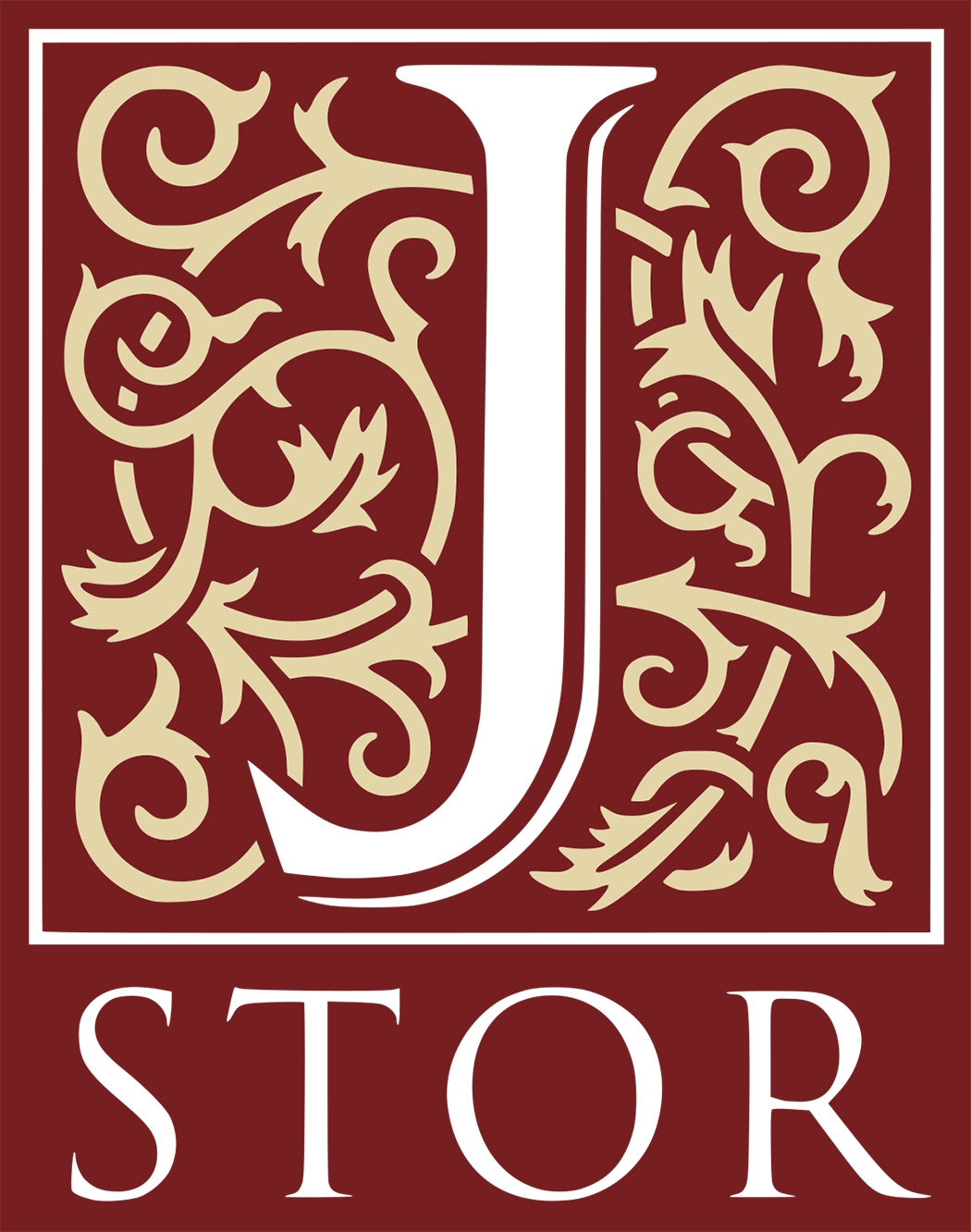
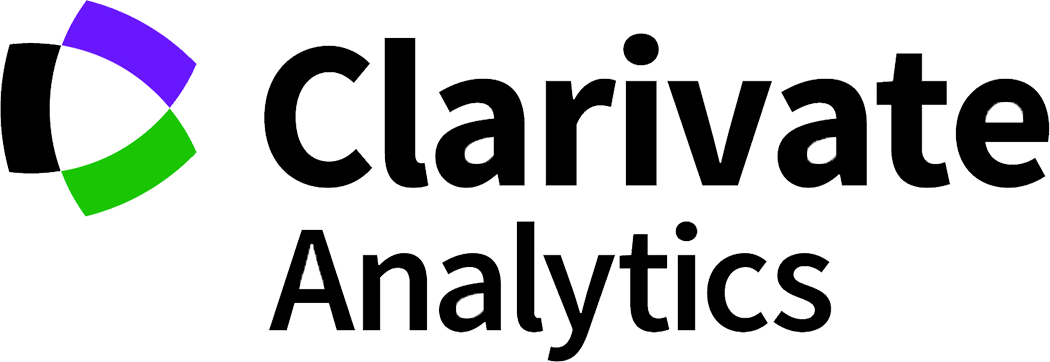
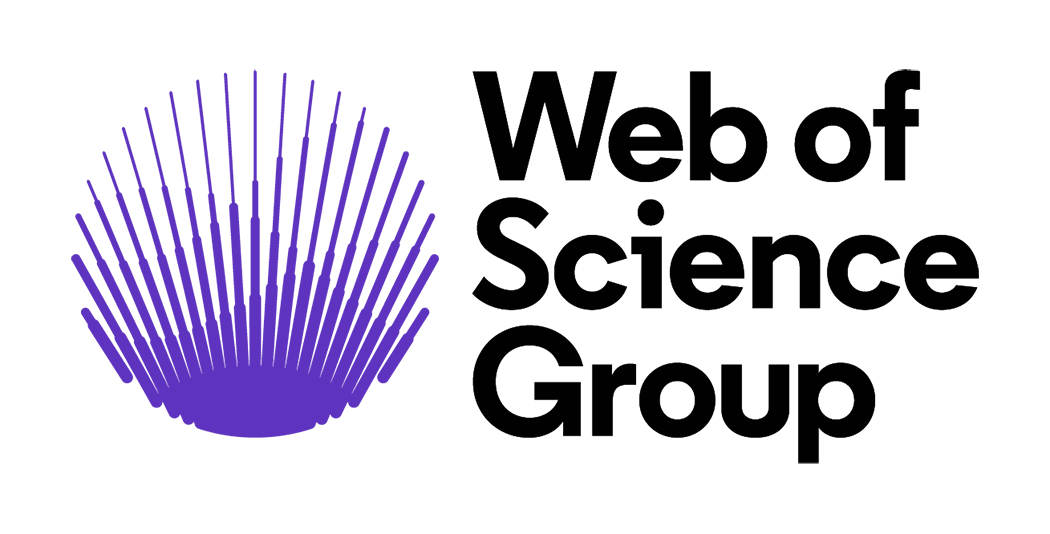
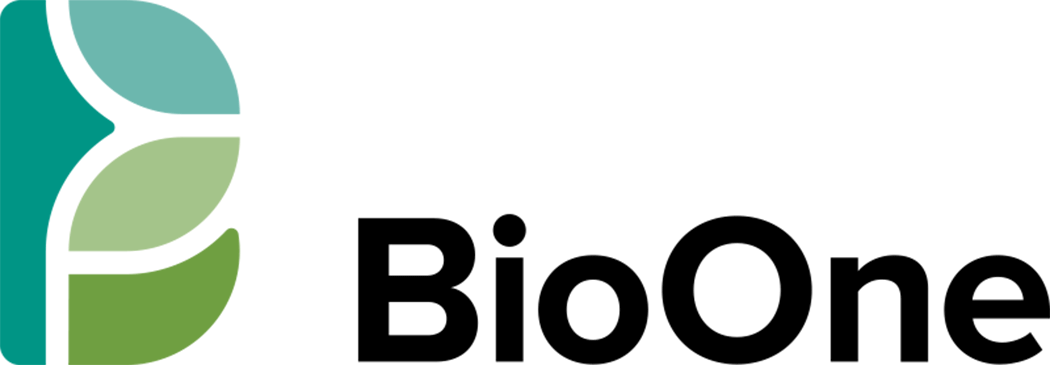
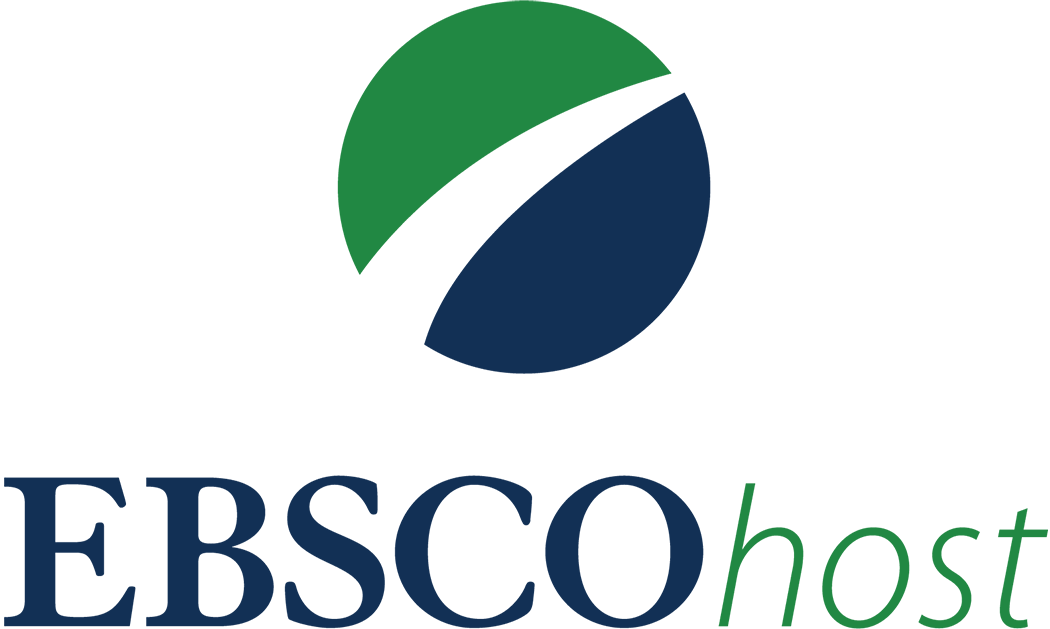
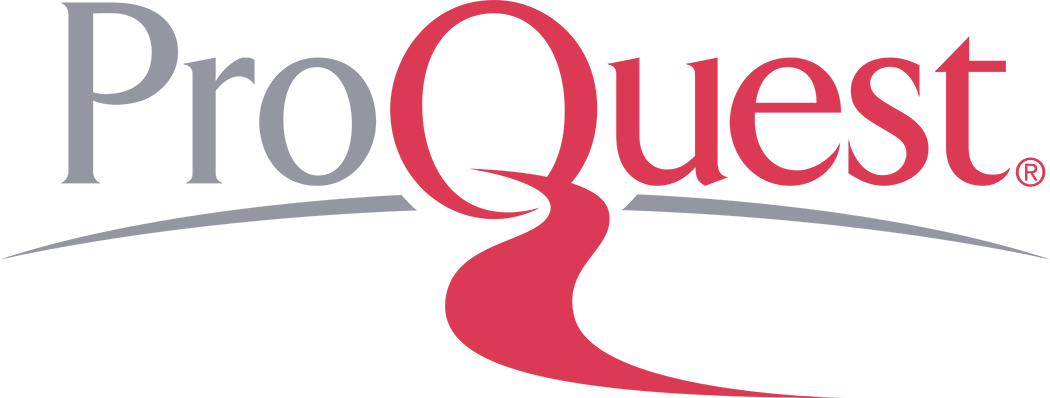


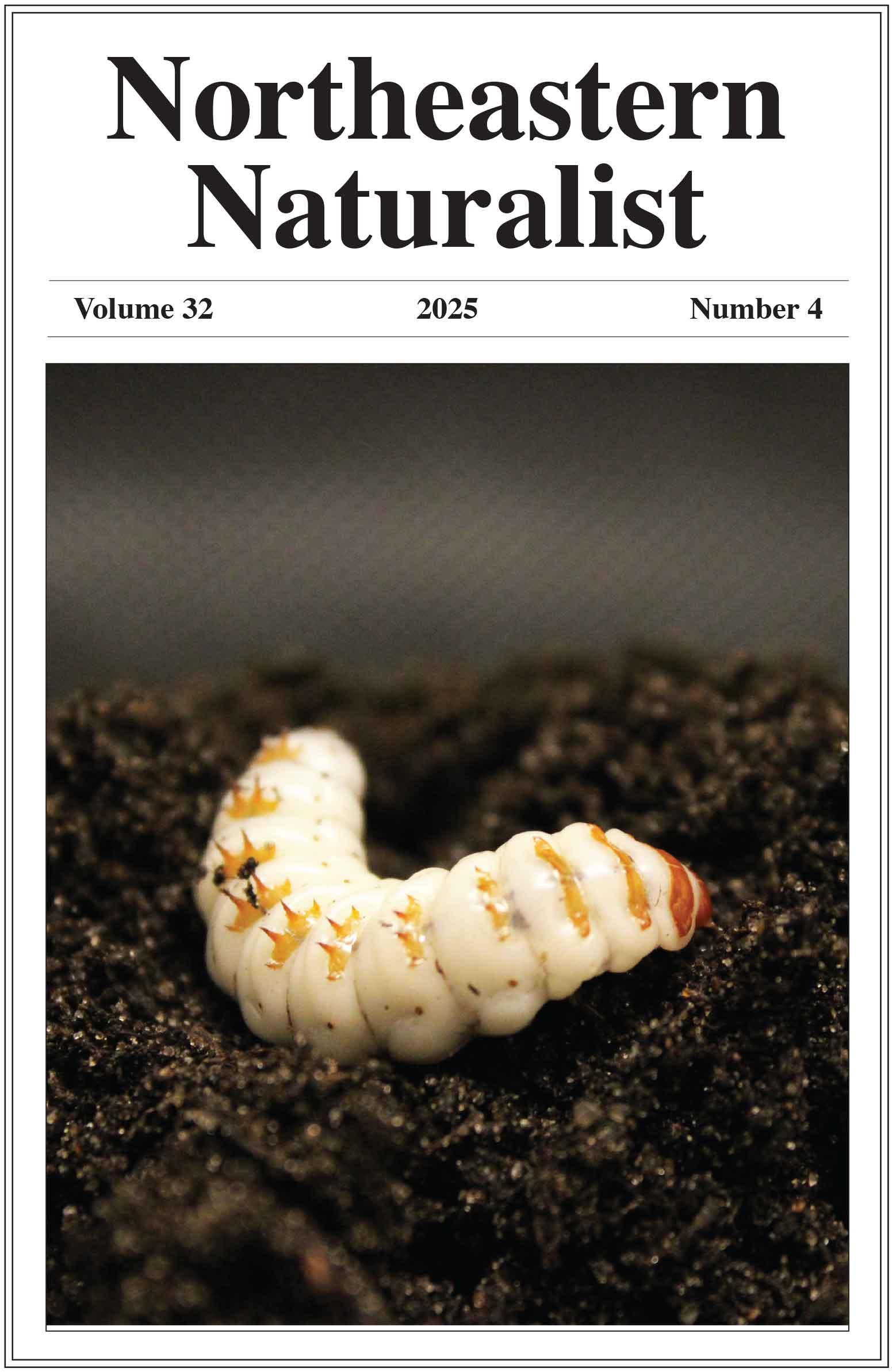
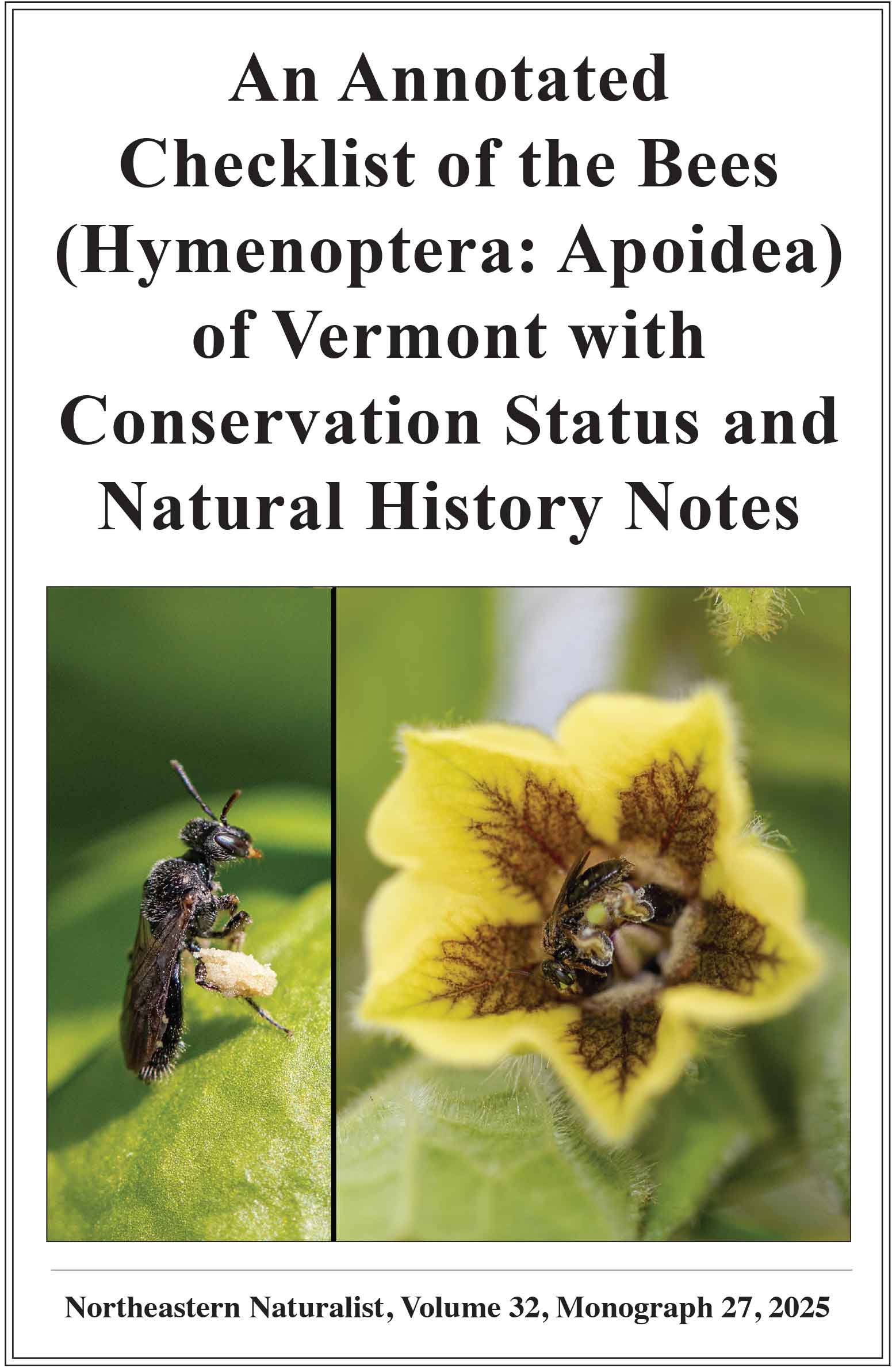



 The Northeastern Naturalist is a peer-reviewed journal that covers all aspects of natural history within northeastern North America. We welcome research articles, summary review papers, and observational notes.
The Northeastern Naturalist is a peer-reviewed journal that covers all aspects of natural history within northeastern North America. We welcome research articles, summary review papers, and observational notes.